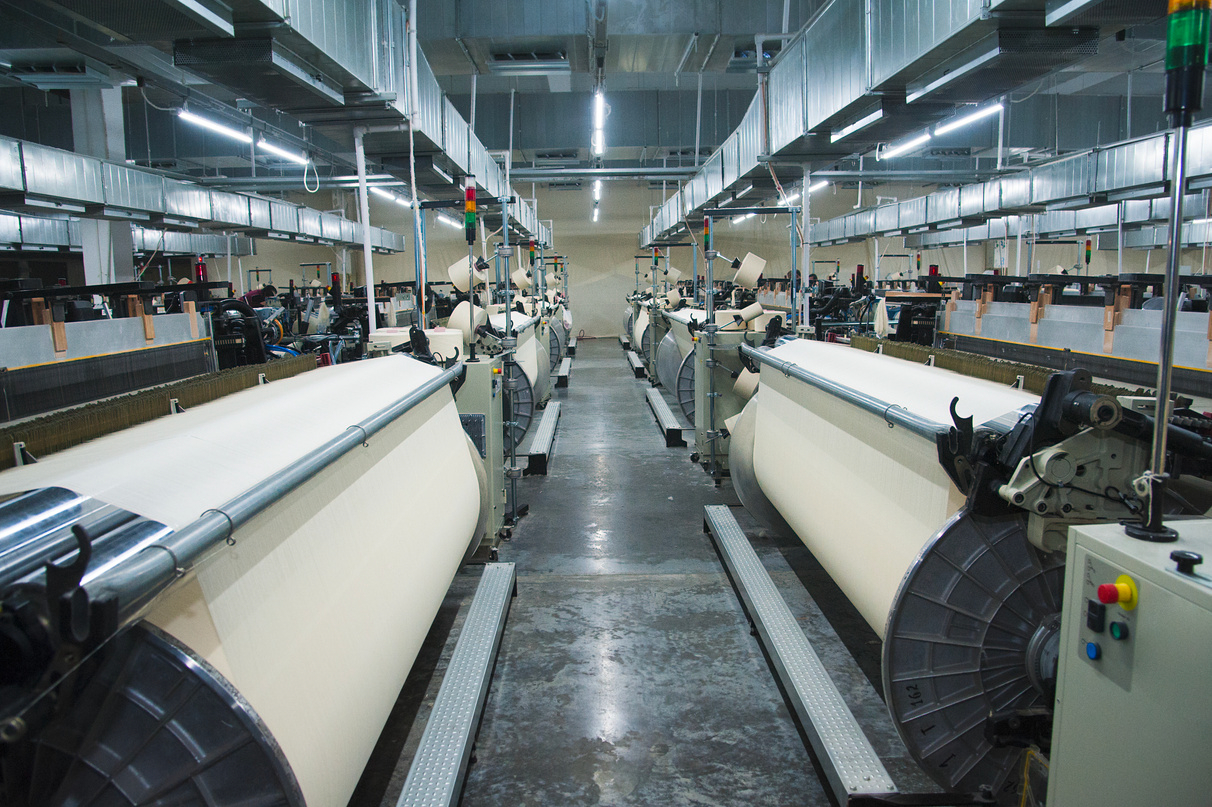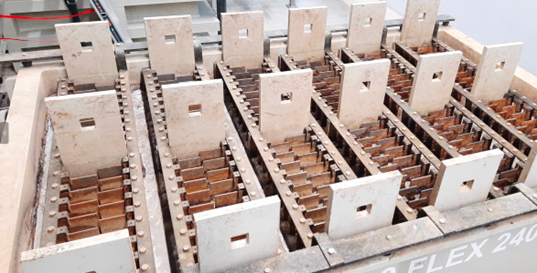Customer reference


Context: Application to the textile industry
Specializing in silk finishing, this customer generates effluent with a high COD content. Throughout the production chain, the scouring stage is identified as the site’s main source of COD. This process uses hot water and soap. Around 25% of the weight of the silk is found in the wastewater in the form of the structural protein sericin.
The overall effluent volume is close to 400 m3. A treatment of 20 - 40 m3 /d at source enables us to meet our overall plant discharge targets.

Challenges
The company needs to integrate COD treatment to comply with its discharge agreement. As it stands, it regularly exceeds the limits and faces high pollution charges. A pre-treatment system would enable the company to reduce its costs.
The challenge is therefore to identify a treatment process that will deliver a good quality effluent. It is also necessary to treat a large quantity of effluent at a reasonable economic cost. In this context, dealing with the problem at source and accommodating regulations could help reduce the volume of effluent to be treated, and hence the associated costs.
The solutions currently being considered involve excessive costs in terms of the chemicals needed to manage the sludge.
The technology selected must be capable of degrading at least 80% of the COD and reducing sludge production and footprint, while generating lower operating costs than those associated with the solutions already investigated.

Implemented technologies:
In order to meet the customer’s requirements and objectives, Treewater set up a treatment line consisting of an electro-coagulation module combined with sludge dewatering technology.
A study was carried out by our researchers to investigate different technologies:
• Advanced Oxidation Process linking hydrogen peroxide to UV-C
• Electrocoagulation
• High-load biological treatment
Following the tests carried out, TREE WATER recommends the implementation of an electrocoagulation treatment process incorporating sludge treatment (separation and dewatering) in order to limit the quantity of sludge. This treatment will enable the desired effluent quality to be achieved while maintaining reasonable operating costs and low reagent requirements.
